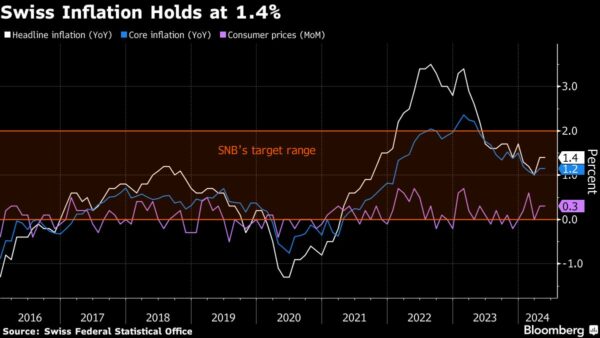Global Emissions Climb to New Record High

Carbon dioxide emissions last year broke yet another record despite an increase in the deployment of wind and solar and a marked increase in EV sales.
The outtake comes from this year’s edition of the Statistical Review of World Energy which for the second year in a row is being published by the Energy Institute in partnership with KPMG and Kearney.
The report said that global primary energy consumption last year went up by 2% on the year, by 5% from pre-Covid levels, and was about 0.6% above the ten-year average. At the same time, consumption of hydrocarbons as a portion of that primary energy declined by a modest 0.4%–the same rate, at which the share of so-called renewable energy sources rose as part of the total.
Oil consumption topped 100 million barrels daily for the first time in history, the Energy Institute also said in its report, noting that in the year before last oil consumption and biofuel consumption together had stood at 100 million bpd, suggesting 2023 saw an increase in oil consumption specifically.
Emissions meanwhile went up by 2.1% last year, topping 40 gigatons of carbon dioxide equivalent, with emissions from direct energy consumption accounting for over 35 gigatons of carbon dioxide equivalent.
The report showed that oil production rose by 1.8 million barrels daily last year, to reach a record 96 million barrels daily. Oil demand marked an increase, too, driven by a 5% rise in Asia, which offset a 1% decline in demand in Europe. In North America, demand rose by a negligible 0.8%.
Natural gas production, meanwhile, remained largely unchanged on 2022 last year, with Russia and Europe even seeing declines in output. Demand overall also rose very modestly, by 0.02% or 1 billion cu m, according to the Statistical Review of World Energy.
By Irina Slav for Oilprice.com
More Top Reads From Oilprice.com:
This article was originally published by a oilprice.com
Read it HERE







